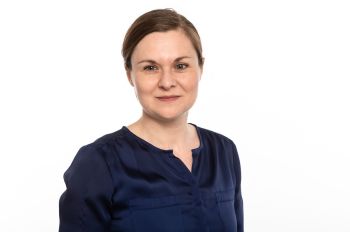Instrument Selected to Fly on NASA Mission

Illinois Institute of Technology Professor of Mechanical and Aerospace Engineering Seebany Datta-Barua is a member of the team working on Near Earth Magnetometer Instrument in a Small Integrated System (NEMISIS), one of five scientific instruments competitively selected for an upcoming National Aeronautics and Space Administration’s (NASA) mission.
The Geospace Dynamics Constellation (GDC) mission is a group of satellites that will make unprecedented measurements with the aim of providing key advances in our understanding of the environment in low Earth orbit, a critical region for communications, imaging, and internet systems.
The GDC mission was recommended as part of the 2013 Solar and Space Physics Decadal Survey to “provide the first simultaneous, multipoint observations of how the ionosphere-thermosphere system responds to, and regulates, magnetospheric forcing over local and global scales.”
NEMISIS will play a critical role in allowing the GDC mission to study how electromagnetic energy flows from the magnetosphere into the ionosphere-thermosphere system, an important factor in space weather dynamics.
“NEMISIS measures magnetic fields, which will tell us how much current is flowing between the magnetosphere and the ionosphere-thermosphere,” says Datta-Barua. “When used with electric field measurements, it will tell us how much electromagnetic wave energy is transferred between these regions.”
The GDC mission is managed by the Heliophysics Division Living with a Star Program at NASA’s Goddard Space Flight Center in Greenbelt, Maryland. The principal investigator for NEMISIS is University of Michigan Professor Mark Moldwin.
Image: Illustration of GDC satellite paths around Earth (Credit: NASA/GSFC)




